-
Cosmedocs| Non Surgical
-
COSMESURG| Surgical
-
HARLEY STREET| Skin Care
FORMULATIONS -
| Skin Bar Clinic
 GLOW & GO
GLOW & GO
Calf Slimming With Botox Treatment Is Simple, Safe & Swift
Traditionally, be it facial rejuvenation or body transformation, surgery was seen as the only available option to doctors and patients. However, Botox has made tricky procedures such as calf slimming or calf reduction not only possible but also a more preferred non-surgical alternative.
The Demand for Calf Slimming Is on the Rise
Body reshaping and sculpting treatments are quite popular in the field of cosmetics and aesthetics. Moreover, a remarkable shift is seen from surgical to non-surgical solutions for a variety of aesthetic concerns.
Similarly, calf muscles also become an area of aesthetic concern if they are:
- Enlarged
- Muscularly
- Bulky or chubby
- Asymmetrical or uneven
To address such issues were usually invasive methods such as calf reduction surgery and calf liposuction.
However, Botox therapy has served as a simpler, safer, and more effective alternative to calf slimming surgery. The credit goes to the consistent research in the field of medicine and aesthetics, as well as in the potential of Botox therapy.
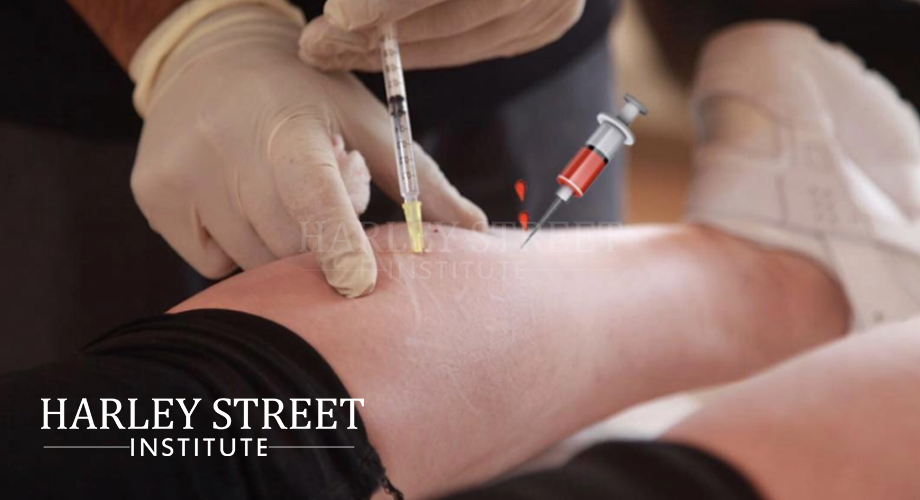
What Determines the Shape of the Legs?
Understanding the Anatomy of Leg
- The upper leg connects the hip to the knee, while the lower leg connects the knee to the foot. From the hip to the knee, the femur bone runs. The patella, often known as the kneecap, connects the femur to the tibia and fibula, the two lower leg bones.
- Major muscles are found in the leg. The glutes are made up of gluteal muscles, hamstrings go from the buttocks to the knee, and quads are located on the front of the thigh.
- The gastrocnemius is the back of the calf muscle, and the anterior tibialis is the shin muscle in the lower leg. The size and structure of these muscles will have a significant impact on leg appearance, especially at lower body weight and body fat levels.
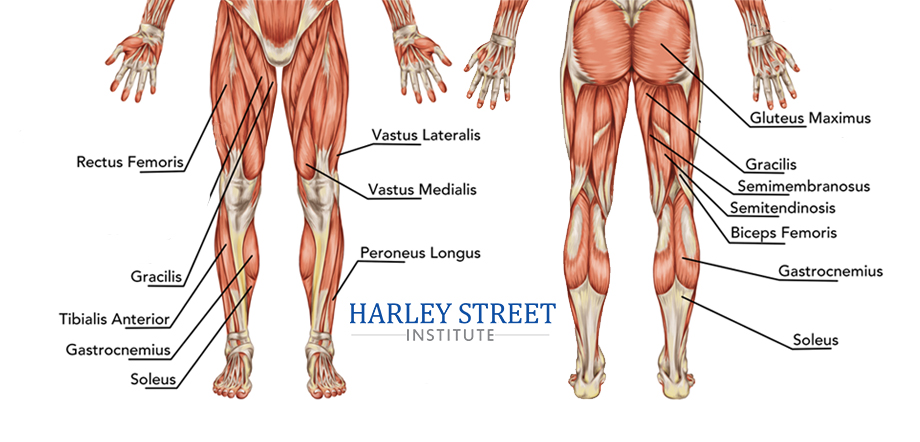
Traditional Approaches for Calf Slimming and Leg Contouring
Calf surgeries were first performed in Korea to solve the problem of many Asian people having short and muscular calves instead of the ideal 32-34 centimeters. Furthermore, the proper treatment depends on:
-
Muscle Resection
Muscle resection is the most severe and extreme of the calf reduction treatments. Also, the treatment gives mixed results. In this procedure, removing a part of the gastrocnemius muscle in the calves takes place that is responsible for the bulky look.
The right patient for this treatment is unhappy with the look of their legs and wants instant and long-lasting results. They also have congenitally thick legs, as well as acute calf hypertrophy.
Pros:
- Quick results
- Permanent solution
Cons:
- Scarring and bruising
- Pain and swelling
- Irregular or uneven contouring may occur
- Long recovery time
- Limited daily activities for a month such as walking
-
Calf Liposuction
Calf liposuction, such as using ultrasound, can help patients who suffer from outsized calves as a result of excess fat. Liposuction in the calf area helps reduce fat and tighten the skin.
Ultrasound liposuction emulsifies fat before suctioning it out of the treatment area, making it easier to remove. This is particularly useful for areas with bigger volumes or denser fat.
Pros:
- Slims and defines the calf area
- Provides a tightening effect to the skin
Cons:
- Pain and discomfort
- Scarring
- Long recovery period
- Relatively more expensive than non-surgical treatment options
According to the American Society of Plastic Surgery, liposuction is more helpful on the upper portions of the legs, such as the thigh area.
When done on the lower parts of the leg, liposuction is less effective, and its slimming effects depend on leg length and skin elasticity.
Eligibility For Calf Liposuction
Furthermore, not everyone is a suitable candidate for leg liposuction, especially those with large amounts of loose skin, such as those who have lost a lot of weight.
-
Selective Nerve Blocking
Selective nerve blocking is another procedure to slim down large calf muscles. Calf neurectomy is a minimally invasive surgical treatment that includes removing nerves that control the calf muscles.
The lower leg muscles begin to weaken and shrink as the calf muscles receive fewer signals to move.
Pros:
- Permanent Results
- Minimally Invasive
Cons:
- Accidental injury to nearby nerves, which can affect calf function, is the most serious danger linked to neurectomy.
- Unpredictable and limited results
- Long recovery period
-
Calf Slimming Using Radiofrequency Nerve and Muscle Ablation
This nonsurgical treatment damages the nerves in the calf muscles using radiofrequency energy. This causes the muscles to shrink and appear slimmer with time.
Moreover, RF energy can also heat fat cells in the calves, causing them to die and be drained naturally over time.
Pros:
- Provides long-lasting results
Cons:
- May cause hematoma
- Long recovery period
- Full results may take as long as 4-6 months to become visible
- May result in possible nerve injury
What Is Botox?
Botulinum toxin is a toxin produced by a species of bacterium. It is dangerous in greater concentrations. Very small, weak dosages of Botulinum toxin is used to treat face wrinkles.
Botulinum toxin is a toxin that interrupts nerve signals that cause muscles to contract when injected. The muscles relax, which reduces wrinkles. This effect lasts 3–6 months on average. After this period, the muscles begin to move again, and wrinkles appear.
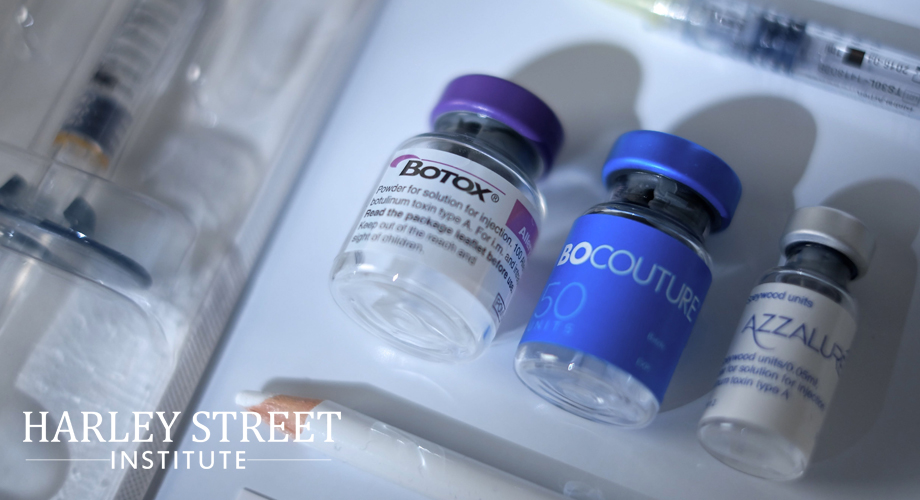
Botox Injections for Calf Slimming and Leg Contouring
Even though Botox injections are less invasive than surgical procedures such as:
- Calf muscle removal
- Liposuction
- Nerve ablation
They can still deliver dramatic and long-lasting results for clients who want slimmer, sculpted lower legs.
Moreover, Botulinum toxin treatment may be a simple and safer option to contour large calf muscles. Unlike surgery, the treatment does not disturb the client’s daily life and has a minimal healing period.
How Botox Injection Can Treat Big Calf Muscles?
The gastrocnemius muscle is the most superficial calf muscle responsible for the calf’s mass and definition. Botox, using a number of syringes, is injected evenly throughout the gastrocnemius muscle.
The muscles are selectively weakened, and as a result, their volume decreases as they stop contracting with the same strength as before the injection. Furthermore, there is no restriction of the calf’s muscle activity. Hence, there is no loss of the function of the muscle.
This entire process may take up to an hour. However, it may take at least two treatment sessions to achieve visible results.
Also, the patient will need to schedule maintenance treatments.
Clinical Assessment For An Effective Treatment
The major aim is to collect all of the information needed to select the best treatment option for your patient. Also, a clinical assessment is important to customize a treatment, even in the case of Botox calf reduction.
- Some of the crucial features of a good clinical assessment include:
- Analysis of the impact of treatment results through expert visual assessment.
- Take a complete medical history, including the reason for seeking treatment.
- Probe about the emergence of the problem, current lifestyle (active or inactive)
- Understanding the patient’s desired goals and expectations from the treatment.
- Comparison of muscle volume before and after treatment by measuring the perimeter of muscle mass. The image assisted reconstruction tool can help measure the volume to determine the volume of muscle at the end of the session.
Past History
What could have led to large calf muscles; exercise, sports, high heels.
Assess the patient from in front and behind standing and then rising up onto their toes. Photos are essential for supporting the consultation and for record keeping. If the bulky calves relate to hypertrophic or enlarged muscles then Botox may be a suitable treatment. Also, if the two gastrocnemius muscles are undefined on contraction then assess extent of subcutaneous fat. If this is the cause of their large calves then discuss diet, exercise and possible referral for liposuction. Mark the areas of the gastrocnemius causing maximum bulging.
Anatomical considerations
Botox will weaken the superficial fibers of the gastrocnemius muscles causing them to atrophy through disuse. Depending on the clinical presentation, medial, lateral or both muscle heads can be injected.
Dosing & Injection technique for Calf Slimming
Whilst the patient stands on tiptoes mark the areas of muscle bulk to be targeted. The patient should then be positioned supine face down. A 30G needle is adequate and typical doses are 50 Botox / 125 azzalure units per gastrocnemius. Injections are spaced around 1cm apart and if necessary gridlines can be drawn to ensure systematic placement of Botox.[/vc_column_text]
How Many Botox Units Needed for Calf Reduction?
To reduce its strength, the calf muscle requires a high number of units of Botox. For face slimming, the masseter muscle usually requires, 25- 30 units per side (a total of 50 – 60 units). However, to slim down the calf muscle, far more units are needed than the bite muscle, at least 100 units for each muscle.
Botox Injection Sites for Calf Slimming
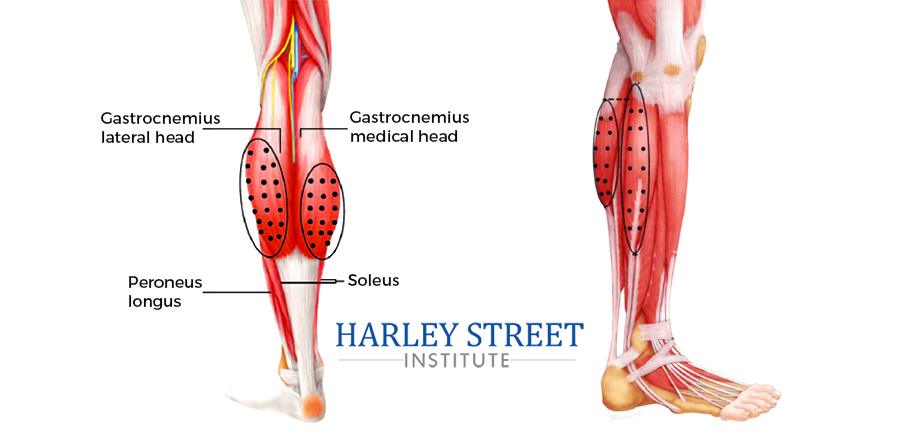
Benefits Of Calf Slimming Using Botox Treatment
Practitioners like Botox treatment because of its minimum invasive nature and less risky outcomes. Moreover, the treatment delivers surgery like results, despite being temporary along with the need for regular maintenance.
- Little to no downtime
- Short treatment time
- A relatively safer option to surgery and other intrusive solutions.
- A simple procedure that does not require any special surgical skills
- The treatment does not involve significant risks or complications such as scars
- Botox for calf slimming shows quick results in as early as 2 weeks
- Maximum effects of the calf muscle reduction can be noticed within 2 months post-procedure
- Subtle and natural reshaping of legs is possible using Botulinum Toxin injections
Cautions and complications
Patients with enlarged calves secondary to subcutaneous fat are poor candidates for this treatment.
Counsel patients that initial treatments to debulk the muscles are typically every 3/12 and they may require three treatments to achieve the desired effect. Maintenance treatments are typically every 9-12 months but this could be dependent on lifestyle.
Contouring the calves can be unpredictable and uneven areas of flattening or bulging can occur depending on Botox diffusion. Furthermore, remaining bulky areas of the leg are usually address in the follow-up treatments.
Deep injections can lead to problems with leg weakness and balancing if diffusion into the soleus muscle occurs.
A Final Word
Botox injections are fairly safe and effective against muscle overgrowth and are also a preferred choice of doctors and patients alike.
With proper clinical assessments of the patients and their conditions and careful injection techniques, the treatment can deliver desirable results.
Therefore, aesthetic understanding and training become crucial to achieving maximum results and the patient’s content.
Learn, Upskill & Prosper with The Harley Street Institute
Harley Street Institute is one of the leading aesthetic training centres in the UK. The institute believes only in quality learning that is propped by professional training steered by top leaders in the beauty industry.

Through its variety of valuable hands-on training programmes and courses, HSI prepares you for all possible challenges. Our handpicked experts mentor and guide you from the simplest procedure to a task as daunting as calf slimming and body contouring.
Please visit us, discover the possibilities and explore your potentials.
For Client Treatments Please See Our Sister Company CosmeDocs.
Dr. A. Farhan Haq
Related Posts
We use cookies to give you the most relevant experience, Cookie Policy.
See What Our Fellows Have Been Up to Recently
Historically, aspirating before administering certain injections, especially intramuscular ones, was standard practice. The main reason for aspiration was to avoid injecting medication directly into the bloodstream, which could cause adverse reactions or reduce the effectiveness of the medication.
However, the necessity and relevance of this practice have been debated in recent years. Some recent guidelines and studies suggest that aspiration may not be necessary for all types of injections. For example, it’s generally agreed that aspiration is not required for subcutaneous injections because there are fewer large blood vessels in the subcutaneous tissue that could be accidentally punctured. For intramuscular injections, the necessity of aspiration might depend on the injection site. For instance, aspiration is still recommended by some for injections in areas where large blood vessels are present, but it might be considered unnecessary for other sites.
The shift in practice is partly due to a better understanding of anatomy and the low risk of injecting into a blood vessel in certain areas, along with a desire to streamline the injection process and reduce patient discomfort. However, opinions and practices vary, with some healthcare professionals continuing to advocate for aspiration as a precautionary measure, while others view it as an unnecessary step for most injections.
#aestheticmedicine #dermalfiller #aceconference

Understanding depth, volume, and pressure can enhance a practitioner’s skill set, enabling them to provide more valuable services to their clients using their existing tools. #aestheticmedicine #dermalfillertraining #wrinklefree

Mastering hand stability isn’t magic, it’s a mix of experience & targeted learning 🎯 Our students get ahead with specialized techniques, paving the way for precise injections! 💉#SkillDevelopment #FutureHealthPros
.
.
.
.
.
#dermalfillertraining #aestheticmedicine #botoxtraining

Virtually any area can be reached using a cannula #fillertraining #aestheticmedicine #hsifellowprogram

“Unlock Your Aesthetic Potential with Harley Street Institute’s Fellowship! 🌟 Elevate your skills in aesthetic medicine through our intensive hands-on training in Botox and Dermal Fillers. Get ready to sculpt beauty, one injection at a time! 💉✨ Join us for a transformative learning journey that takes you beyond the classroom and into real-world expertise. Are you ready to master the art of enhancing natural beauty? 💫 #HarleyStreetFellowship #AestheticMedicineMastery #SculptingBeauty”

Link in bio
"Unlocking the Secrets of Masseter Botox: Empowering smiles, one injection at a time! 💉💪 Join me on an exciting journey as we delve into the world of Masseter Botox. Learn the art and science behind this transformative procedure, and discover how it can redefine facial aesthetics. Don`t miss out on this opportunity to enhance your skills and expand your practice. Let`s reshape faces and build confidence together!
Link in bio.
#MasseterBotoxCourse #FacialAesthetics #TransformativeProcedures #SmileEnhancement #ContinuingEducation
#aestheticmedicine

💭Have You Ever thought :
👉🏼What lies beneath the orbicularis oculi ?
👉🏼Why do I need to have the correct depth ?
👉🏼How to avoid an asymmetric smile, periorbital edema or a shelf like look at the lid/cheek junction ?
⚠️We all know that when treating crows feet, we are administering botox into the orbicularis oculi, and that there are complications but which and how?
‼️Too inferior or deep🟰 an asymmetric smile
(you’ve hit the zygomaticus minor muscle and major if you’re really too inferior!)
‼️Too medially 🟰 periorbital edema
(and you’re the periorbital region )
Located just underneath the skin, the orbicularis oculi has multiple origin and insertion points. A paired muscle, that overlies the periorbital region in a circular manner.
⚠️The wrong location, the wrong depth can result you injecting botox into a completely different muscle.

Welcome to the under eye region, an area of the face that can often show signs of aging such as wrinkles, hollows, and dark circles. Today, I want to share with you how fillers can be used to address these concerns by injecting them into different layers of the skin.
Using a needle, we can inject fillers into the dermis layer of the skin to improve the appearance of fine lines and wrinkles. This can help to smooth out the texture of the skin and create a more youthful and refreshed look. However, it’s important to note that injecting fillers into this layer requires specialized training and experience to ensure safe and effective results.
In addition to the dermis layer, fillers can also be injected into the bone to help address deeper hollows and shadows under the eyes. This technique requires a higher level of expertise as it involves precise placement of the filler to achieve the desired outcome.
Lastly, fillers can be injected into the fat compartment of the under eye region using a cannula. This method can help to add volume and smooth out any irregularities in the fat pads under the eyes. Again, specialized training and experience are crucial for safe and effective results.
Overall, the use of fillers in the under eye region can provide a non-surgical solution to address signs of aging and enhance the appearance of the face. However, it’s important to seek out a qualified and experienced provider who has received proper training in the use of fillers in this delicate area.
If you’re interested in learning more about how fillers can benefit you, please don’t hesitate to reach out and schedule a consultation. Let’s work together to help you achieve your aesthetic goals!
#cosmedocs #harleystreetinstitute
.
.
.
.
#lifestyleblogger
#selfcarematters #aestheticmedicine
#beautytips
#skincarecommunity
#antiagingtips
#makeuptutorials
#selfcarelove
#aestheticbeauty
#lifestyleinspo #lifestyleblogger
#selfcarematters #dermalfillertraining
#beautytips
#skincarecommunity
#antiagingtips
#makeuptutorials
#selfcarelove #dermalfillers
#aestheticbeauty
#lifestyleinspo
#antiagingsecrets
#harleystreet #drahmedhaq #oxforduniversity
#harleystreetinstitute

The mentalis muscle is a facial muscle located in the chin area. It originates from the mandible and extends downward to the skin of the chin. The primary function of the mentalis muscle is to control the movement and position of the lower lip and the skin of the chin. It plays an important role in activities such as speaking, smiling, and pouting.
In addition to its role in facial expression, the mentalis muscle also helps to maintain the position of the lower front teeth and the shape of the lower lip. Dysfunction or hyperactivity of the mentalis muscle can lead to the development of chin wrinkles, which are vertical lines that appear on the skin of the chin. Understanding the anatomy and function of the mentalis muscle is important for healthcare providers when performing aesthetic procedures in the chin area.
Online Course With Video Demo
www.harleystreetinstitute.com
#botoxtraining #mentalistreatment

#Repost @dranabilamzavala with many thanks 🙏 and best wishes for the future.
Esta semana tuve la oportunidad de estar en Londres en una de las mejores clínicas con los mejores equipos de Medicina Estética en el mundo, perfeccionado técnicas de Rinomodelación con el Dr.Ahmed Haq.
——
@drahmedhaq You are simply incredible, thanks for the hands on and all the new techniques you shared. @drahmedhaq @harleystreetinstitute @cosmedocs
.
.
.
#aestheticmedicine #dermalfillertraining #nosejob #medicaltraining #plab #harleystreet #10harleystreet #aesthetics

Huge Congratulations to Mariana, on completing her foundation course in Aesthetics Medicine with us here at Harley Street Institute. 🥇✨
This combined course covers the necessities required for daily clinic practise, whether starting out or refreshing skills. Our small group training (4:1) provide unparalleled mentorship at any of our training days.
#cosmetictraining #aesthetics #hsi #cosmetics #cosmedocs #harleystreetcourses #foundationcourse #london

Only courses with true mentorship. #botoxtraining #dermalfillertraining #aestheticmedicine #hsifellowprogram #harleystreetfellowship

Huge congratulations to @onemedicalclinic for completing her Fellowship in aesthetic Medicine with us at Harley Street Institute 💫💫✨ We are so proud of having you 🥰
#Repost
Dr Crystal:”When I completed medical school 13 years ago, one of my cherished mentors gave me advice that has stayed with me for life - “never stop learning; it makes the difference between being good and being great."
From my years of Ophthalmic-surgical training to becoming a student of Public Health to my experience as a legislator in Parliament to operating my own
Medical and Aesthetic Medical practice, the lessons learned have been varied and valuable. 🤓
On this occasion my commitment to lifelong learning led me to Harley Street, London. I didn’t just want to be a good injector, I needed to be a great one so I needed to go where the great injectors were. 💉
Every day for the last two months I was immersed in one-on-one intensive training with the aim of mastering my injectable skills and thanks to the incredible team of doctors and trainers at @cosmedocs
@harleystreetinstitute l am proud to say Mission Accomplished! “

Huge Congratulations to Dale Rae for completing the Certificate in Aesthetic Medicine training program. 💫💫
💉The 3-day Aesthetic Medicine Certificate is tailored towards new practitioners who are ready to kick-start their career in Aesthetic Medicine. It aims to provide an in-depth understanding of the Layers of the Skin and Biological Ageing Process. The package also includes our most popular Foundation Botulinum Toxin and Dermal Fillers course, including an introduction to using cannula.
💉It is an Intense 3-day course incorporating essentials basic and advanced botox and dermal filler procedures combined with popular skin treatments perfect for the beginner all-rounded aesthetic practitioner.
You will be provided direct mentorship by our various cosmetic practitioners who are experts in performing their respective aesthetic treatments.
💉Small group training under the direct supervision of our experienced aesthetic trainers. Master procedures to an advanced level. Learn theory, consultation methods and manage client expectations as well as complications.
🙌 DM for more details. #aesthetic #dermalfillers #detmalfillertraining

Aesthetic medicine is an art. It`s not enough to know facial anatomy or to be a good injector. The best aesthetic doctor has an artistic eye. Sometimes this is a skill that can be developed over years. Being able to assess a fa ce within seconds of walking into a room. Knowing exactly how injectables can be used for subtle and natural results.
The end result should not be obvious to an untrained eye.
It`s such a shame to see overfilled faces exaggerating proportions. When really, the main aims are to restore volume lost or correct natural imbalances.
#aestheticmedicine #dermalfillers #beauty
Repost @cosmedocs

Huge Congratulations to @erikatydermatology for completing her Fellowship in Aesthetic Medicine with us at the Harley Street Institute 💫💫💫
Our Aesthetic Fellowship is the pinnacle of training for those seriously interested in escalating their careers.
.
Our fellows are taken on board within clinic over 3 months with weekend workshops, 1-1 mentoring, treatment log book and clinical assistance.
.
Following on from this they have the opportunity to have Independent Fellow Clinics to improve their confidence with patient consultation and individual treatment planning.
.
We believe that this is the future of aesthetic traning to ensure that practitioners have captured all the essential skills for successful careers.
.
We have been extremely proud of our old fellows, many who have moved on to now work with some of the most prestigious clinics in London.
.
Next enrolment periods: TBC
.
To find out more information or to apply, please email your CV to [email protected]
.
#thefellowship #harleystreetinstitute #doctorsanddentists

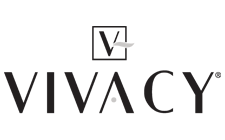

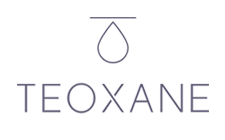
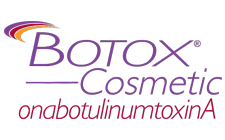




Note: if you did not get the email, please check spam/junk folder
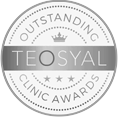
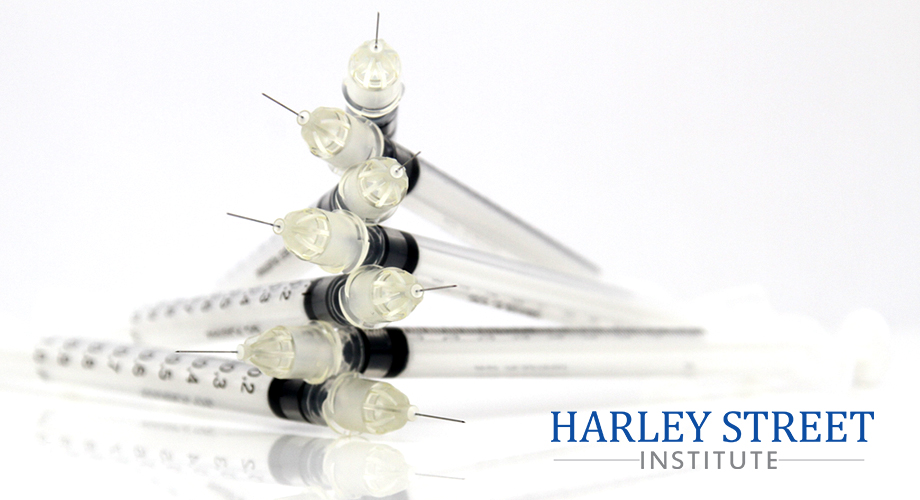
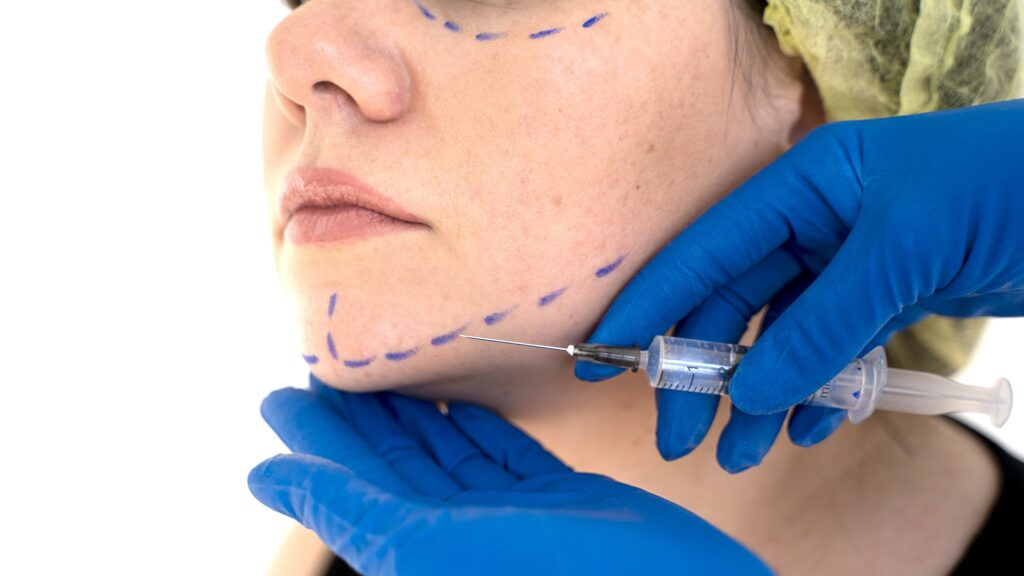

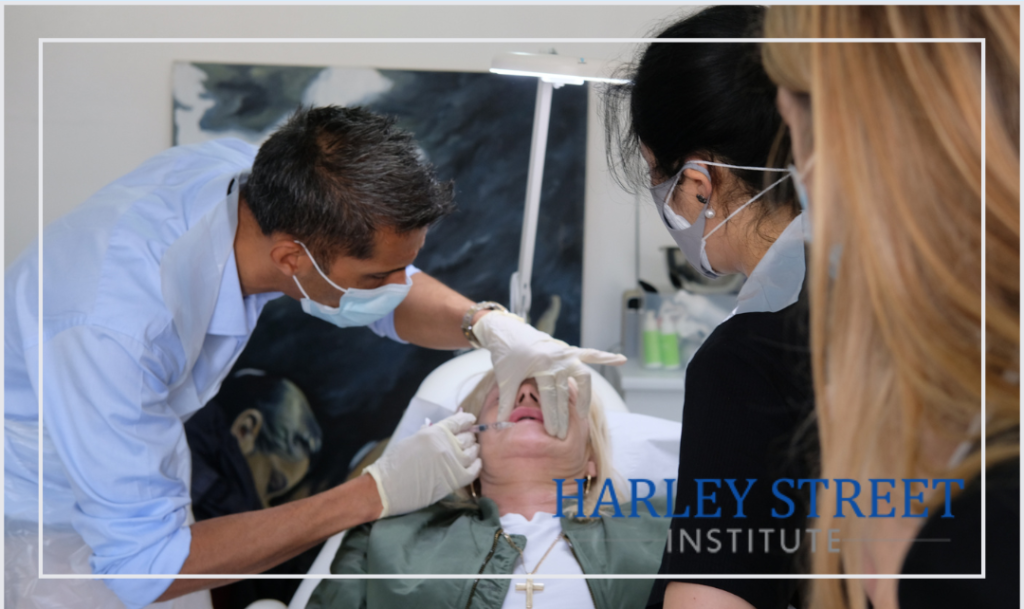
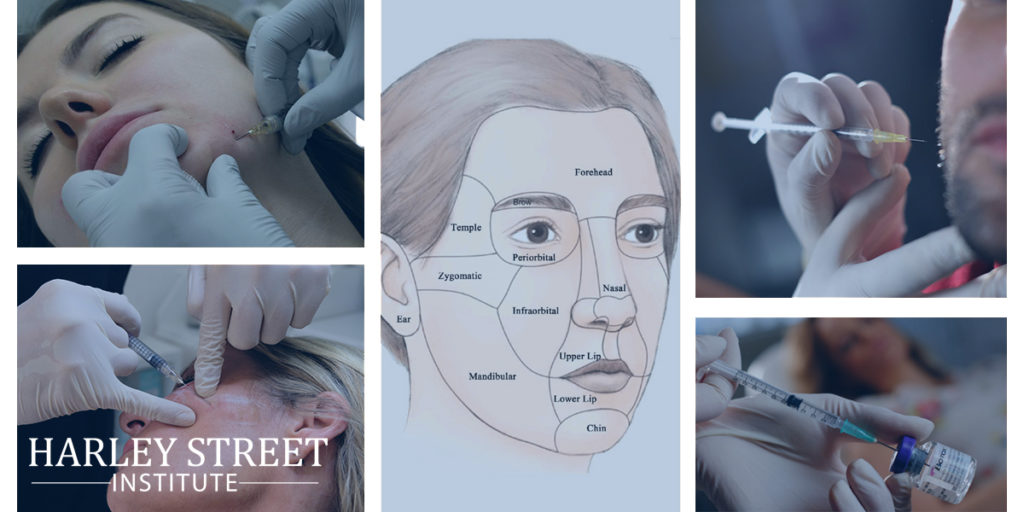
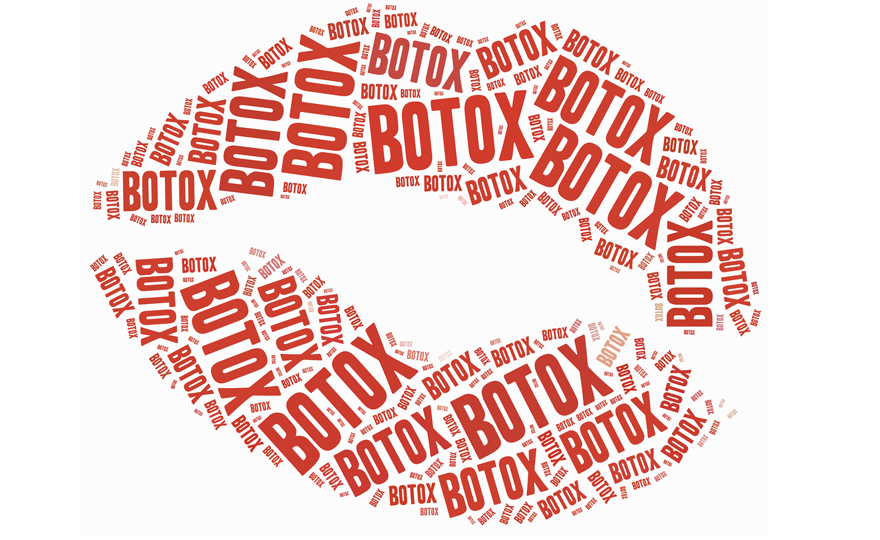

2 Comments
I am very interested in the calf reduction Botox procedure please can I have s break down of cost
Thanks
Katie
I want to reduce my calf.